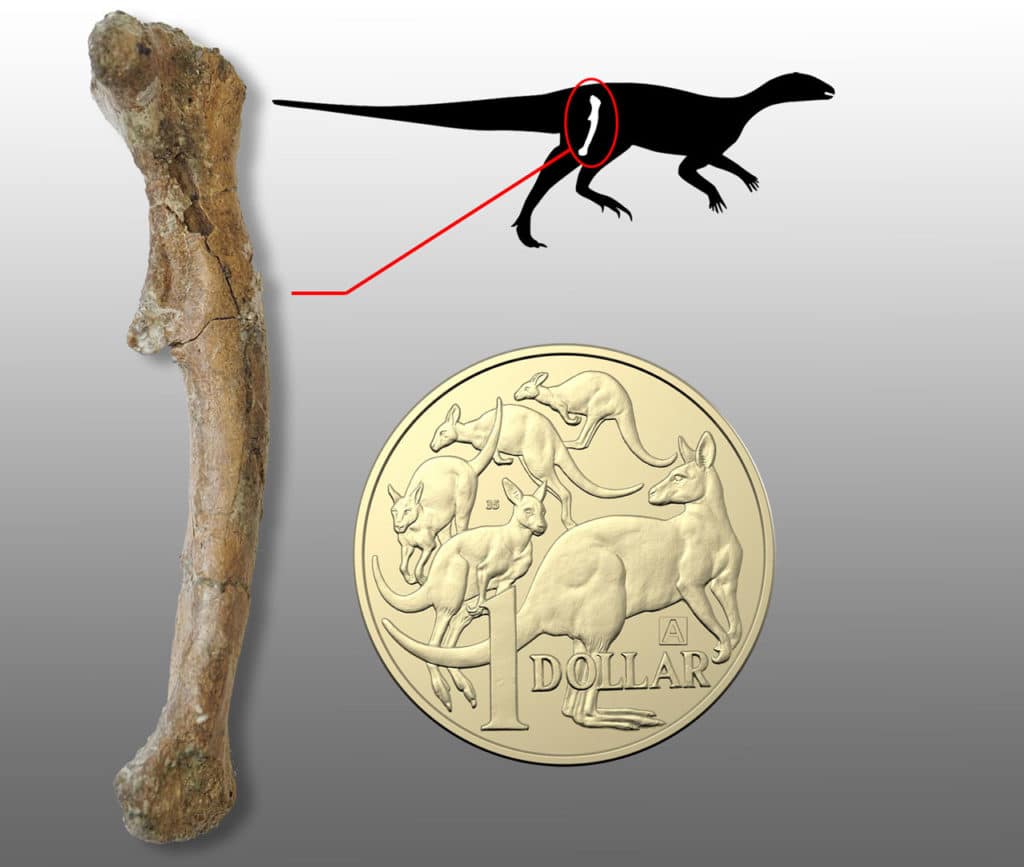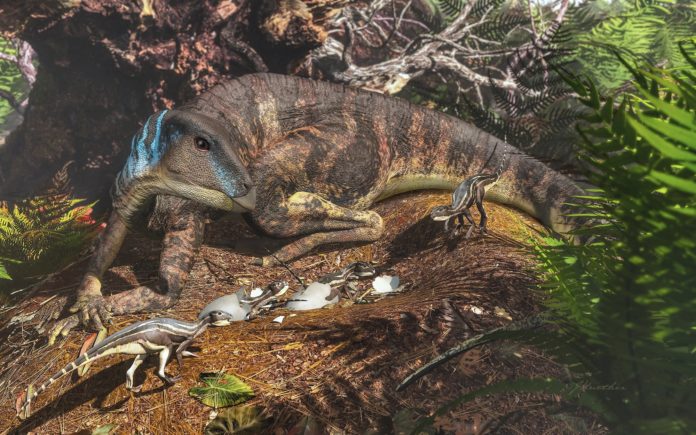Dinosaurs were remarkably climate-tolerant, thriving from equatorial to polar latitudes. In the Northern Hemisphere, sites within the Cretaceous Arctic Circle, such as the Kakanaut Formation in north-eastern Russia and the Prince Creek Formation in northern Alaska, preserve diverse dinosaur assemblages including evidence of eggs and hatchlings.
High-paleolatitude eggshells and hatchling material from the Northern Hemisphere confirms that hadrosaurid ornithopods reproduced in polar regions. Similar examples are lacking from Gondwanan landmasses.
A new study by the paleontologists from the Palaeoscience Research Centre at the University of New England and the Australian Opal Centre in Lightning Ridge recently uncovered the first baby dinosaurs from Australia.
Scientists found the bones of baby dinosaurs at several sites along the south coast of Victoria and near the outback town of Lightning Ridge in New South Wales. Some bones are so small that scientists believe they likely had died while they were still in their eggs. Slightly larger bones from Victoria come from animals that had recently hatched but were probably nest-bound.

Detailed analysis suggests that the bones are of small-bodied ornithopod dinosaurs that weighed roughly 20kg when fully grown. In contrast, the baby dinosaurs were only about 200g when they died, less than the weight of a cup of water.
Although scientists didn’t found the eggs themselves, to estimate their age, scientists used growth rings in the bones, similar to the rings in a tree trunk, to determine the animal’s age.
Justin Kitchener, a Ph.D. student at the University of New England, who also led the study, said, “Age is usually estimated by counting growth rings, but we couldn’t do this with our two smallest specimens, which had lost their internal detail. To get around this, we compared the size of these bones with the size of growth rings from the Victorian dinosaurs. This comparison confidently places them at an early growth stage, probably before, or around the point of hatching.”
Dr. Phil Bell, a University of New England paleontologist who recognized the significance of the tiny bones from Lightning Ridge said, “We have examples of hatchling-sized dinosaurs from close to the North Pole, but this is the first time we’ve seen this kind of thing anywhere in the Southern Hemisphere. It’s the first clue we’ve had about where these animals were breeding and raising their young.”
The study was published in the journal Scientific Reports.
